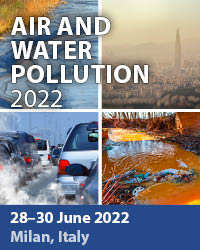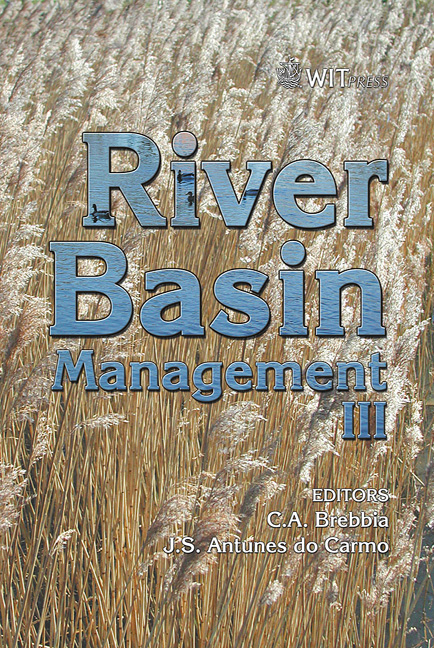Effect Of Soil Physico-chemical Characteristics On The Water Cycle Of A Small Watershed In Central Luzon, The Philippines
Price
Free (open access)
Transaction
Volume
83
Pages
7
Published
2005
Size
441 kb
Paper DOI
10.2495/RM050621
Copyright
WIT Press
Author(s)
B. Souri, B. D. Cruz, W. Morishima, A. Murakami, M. B. Collado, J. D. Rondal & M. Watanabe
Abstract
The rural economy in Central Luzon, the Philippines, is very much dependent on rice production. To reach an acceptable level of yield production, cultivation of two crops of rice is necessary. For the temporal distribution of precipitation in the region for cultivation of the second crop of rice during the dry season existence of some water resource for irrigation is vital. Small earth dams constructed by the Filipino government have the ability to reserve the additional rainfall during the rainy season and offer it for cultivation purposes when rain is scarce. This study was conducted in the watershed of an earth dam in Villa Boado, Talugtug, Nueva Ecija province, to figure out the diversity of soils and their effectiveness on soil involvement in the hydrological cycle of the watershed. Results showed that two groups of soils with high and low swelling ability exist in the area. While soils with high swelling ability hold much more water content, they limit soil involvement ability in the hydrological cycle due to their low permeability and insignificant changes on moisture content during the time from the rainy to the dry season. Keyword: water cycle, hydrological cycle, rainy and dry seasons, irrigation water, soil matric potential, soil water release characteristics, soil moisture content, soil permeability, smectite, swelling soil.
Keywords
water cycle, hydrological cycle, rainy and dry seasons, irrigationwater, soil matric potential, soil water release characteristics, soil moisturecontent, soil permeability, smectite, swelling soil.





